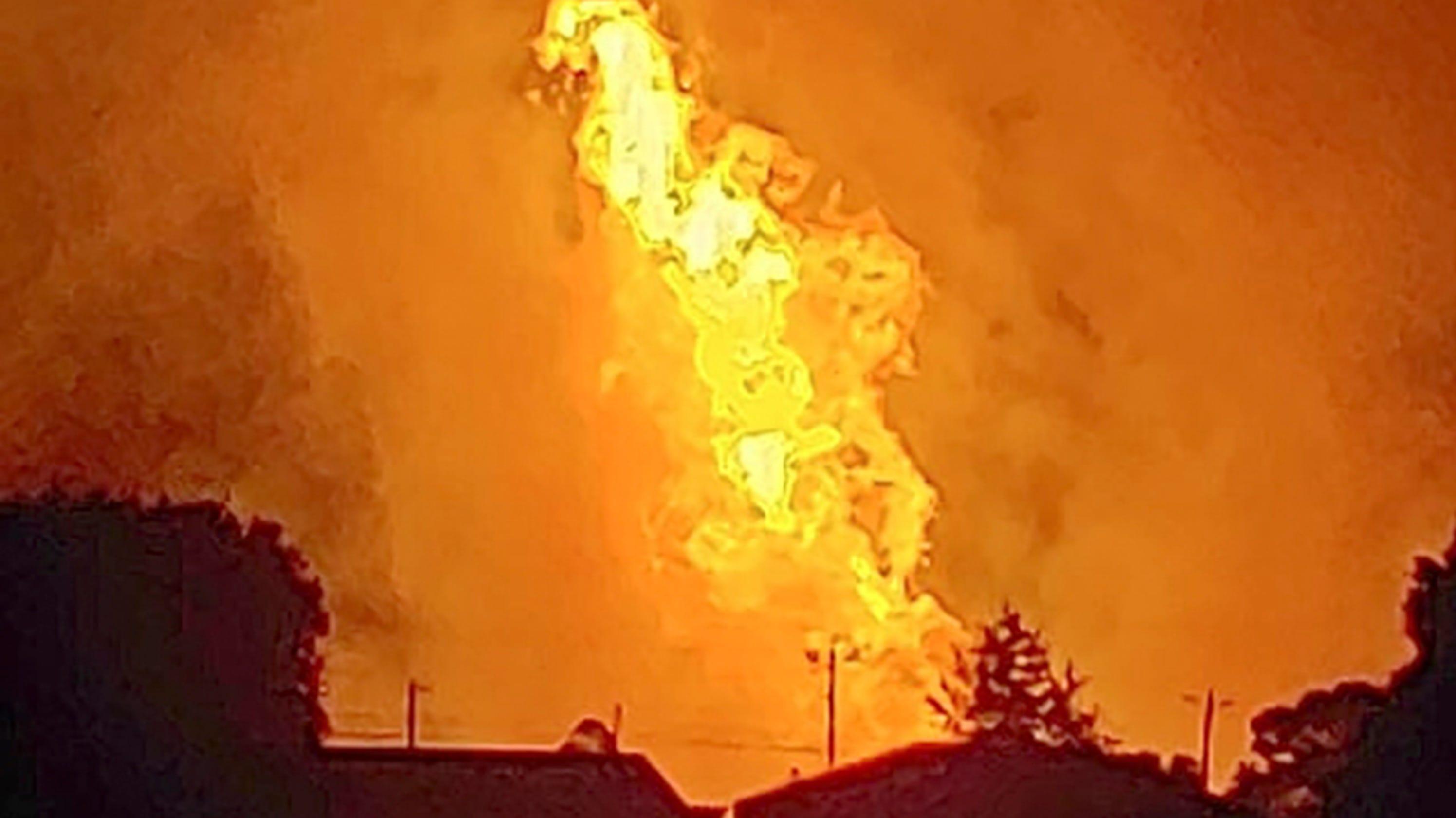A proposed settlement between Consumers Energy and independent power producers could lead to hundreds of megawatts of solar power being built within the next four years.
On Thursday, the utility filed the proposed settlement with the Michigan Public Service Commission hoping to resolve a more than year-long dispute with solar developers looking to sell power to Consumers.
Multiple developers have challenged the amount Consumers is required to pay them under the federal Public Utility Regulatory Policy Act, or PURPA. Under the 1978 policy, utilities are required to purchase power from independent producers at the “avoided cost,” reflecting the amount it would cost the utility to build itself. Critics have claimed Consumers Energy proposed avoided costs rates that made their projects uneconomic to build.
The settlement is supported by the Solar Energy Industries Association as well as Cypress Creek Renewables, a national solar developer that has been an ongoing critic of Consumers Energy’s PURPA position. The groups had withheld support of Consumers’ proposed Clean Energy Plan calling for 6,000 megawatts of solar to be added to its system by 2040.

Thursday’s agreement says Consumers will use “commercially reasonable efforts” to interconnect 584 MW of solar by Sept. 1, 2023, which developers are ready to build. The utility aims to connect 150 MW of third-party power a year.
Continue reading at: Consumers Energy settlement could lead to hundreds of megawatts of solar power
On Thursday, the utility filed the proposed settlement with the Michigan Public Service Commission hoping to resolve a more than year-long dispute with solar developers looking to sell power to Consumers.
Multiple developers have challenged the amount Consumers is required to pay them under the federal Public Utility Regulatory Policy Act, or PURPA. Under the 1978 policy, utilities are required to purchase power from independent producers at the “avoided cost,” reflecting the amount it would cost the utility to build itself. Critics have claimed Consumers Energy proposed avoided costs rates that made their projects uneconomic to build.
The settlement is supported by the Solar Energy Industries Association as well as Cypress Creek Renewables, a national solar developer that has been an ongoing critic of Consumers Energy’s PURPA position. The groups had withheld support of Consumers’ proposed Clean Energy Plan calling for 6,000 megawatts of solar to be added to its system by 2040.

Thursday’s agreement says Consumers will use “commercially reasonable efforts” to interconnect 584 MW of solar by Sept. 1, 2023, which developers are ready to build. The utility aims to connect 150 MW of third-party power a year.
Continue reading at: Consumers Energy settlement could lead to hundreds of megawatts of solar power





